Search Results
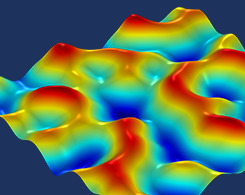
Fractals, Noise, and State Variables
Ever notice how the leaves of a fern seem to show a self-repeating pattern? Fractals are objects that exhibit some form of self-similarity at different scales. Learn how to model them here.
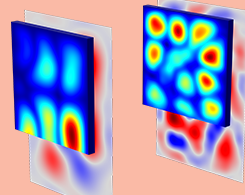
Modeling Sound Transmission Loss Through a Concrete Wall
The sound loss transmission (STL) through a building component is the logarithmic ratio between the total incident power on the structure relative to the total transmitted power.

Defeating Giant Movie Monsters Using Mathematical Modeling
The predator-prey equation can predict how we’d fare in a monster invasion, as well as real-world biology and ecology scenarios like shark overpopulation and tumor movement.
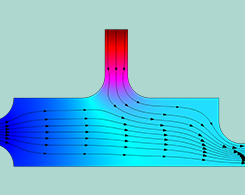
Optimizing PID Controller Performance with COMSOL Multiphysics®
PID controllers involve three components that must work together simultaneously, and it can be challenging to get each of them just right. That’s where process control simulation comes in.
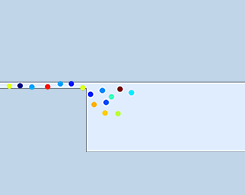
Speeding Up DNA Separation in a Microchannel via Simulation
DNA separation takes a long time using traditional methods. Now, researchers from the Missouri University of Science and Technology have found a faster way to get the job done.

Modeling Multi-Ply Materials with Composite Materials Technology
In a follow-up to a previous blog post on paper mechanics modeling, Eric Linvill of Lightness by Design compares 3 methods of analysis for multi-ply materials such as paperboard.
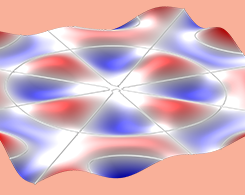
How Do Chladni Plates Make It Possible to Visualize Sound?
Is it possible to see sound? Find out for yourself in this blog post on the acoustics behind Chladni plates.

How to Analyze a Glacier via Gradient-Based Optimization
This post highlights a gradient-based optimization method that geophysical engineers can use to analyze, for instance, the movement and sensitivity of a glacier.
